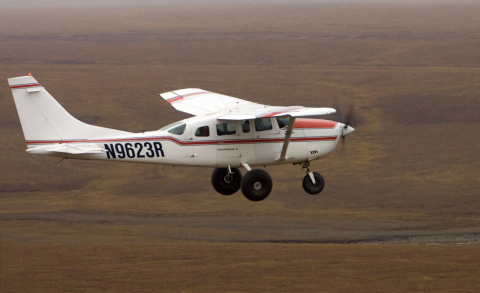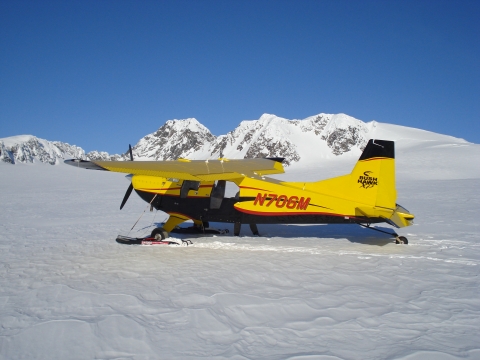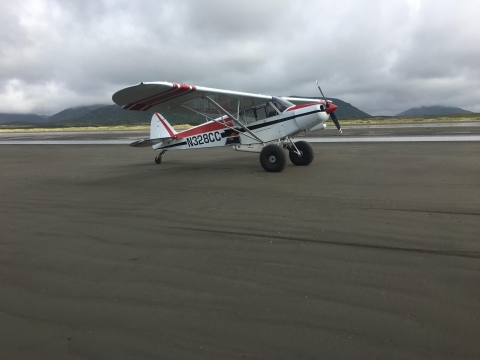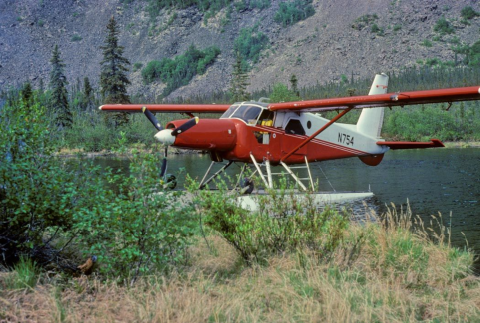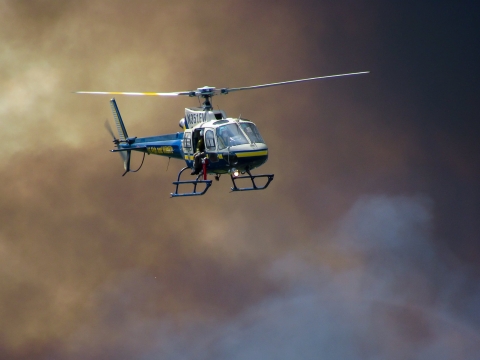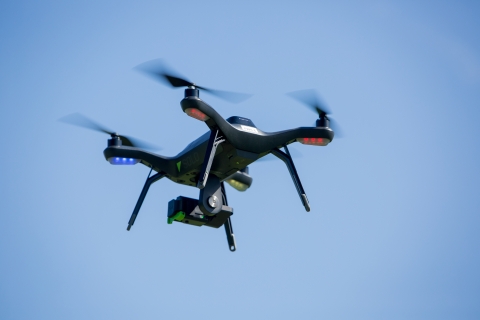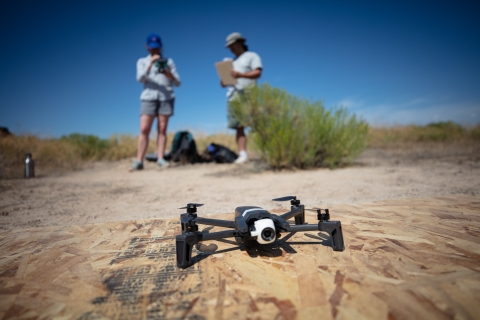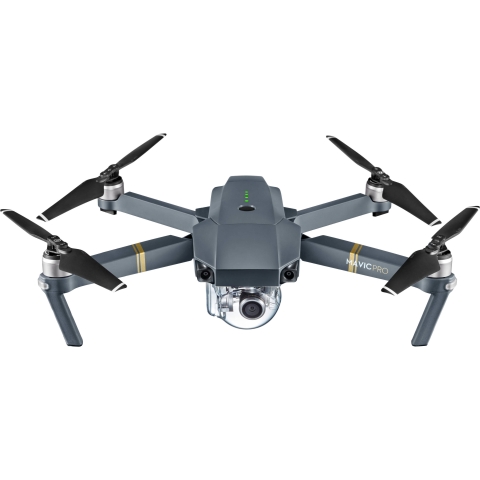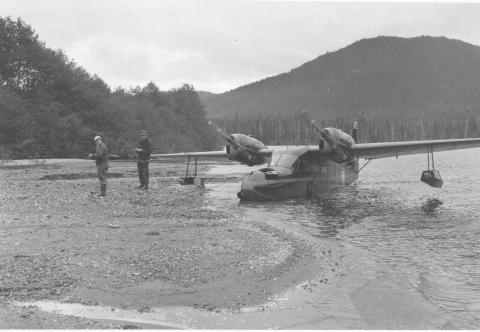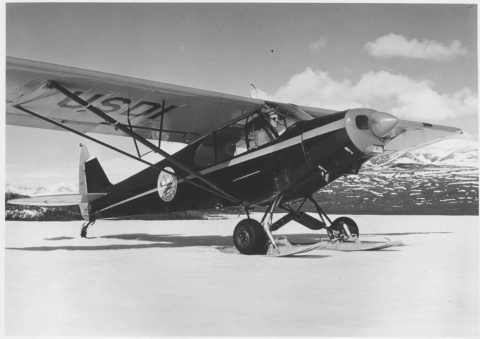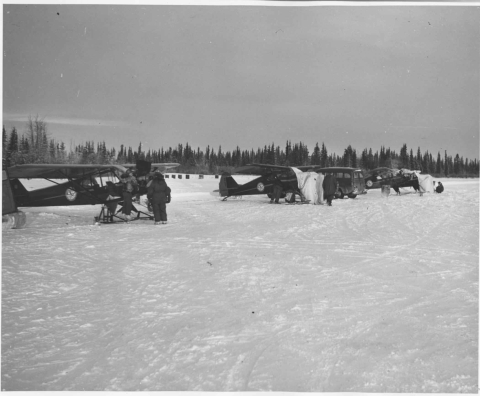Program Management
The Branch of Aviation Management consists of eight personnel that administer the program: a National Aviation Manager, Training Specialist, Operations Specialist, Safety Specialist, two Regional Aviation Compliance Specialists, an Uncrewed Aircraft System (UAS) Program Manager and an Administrative Specialist. The Service Aviation Executive, now the Migratory Bird Assistant Director, provides executive supervision of the Branch.
Our Fleet
We manage a fleet of 44 airplanes, 2 helicopters, and 53 UAS (commonly referred to as drones). Of this fleet, there are 7 different models of airplane, and 5 models of UAS. Pictures of the airplane models and UAS are below.
Just after World War II, the availability of experienced pilots and aircraft allowed the U.S. Fish and Wildlife Service to establish its own fleet and incorporate aviation as a primary means of performing wildlife surveys in remote areas. Many of the first planes used for waterfowl surveys came to the USFWS as military surplus after WWII. The Grumman Goose amphibians, with two 450 hp Pratt and Whitney engines, were transferred to the Service from the Navy in the late 1940’s.



